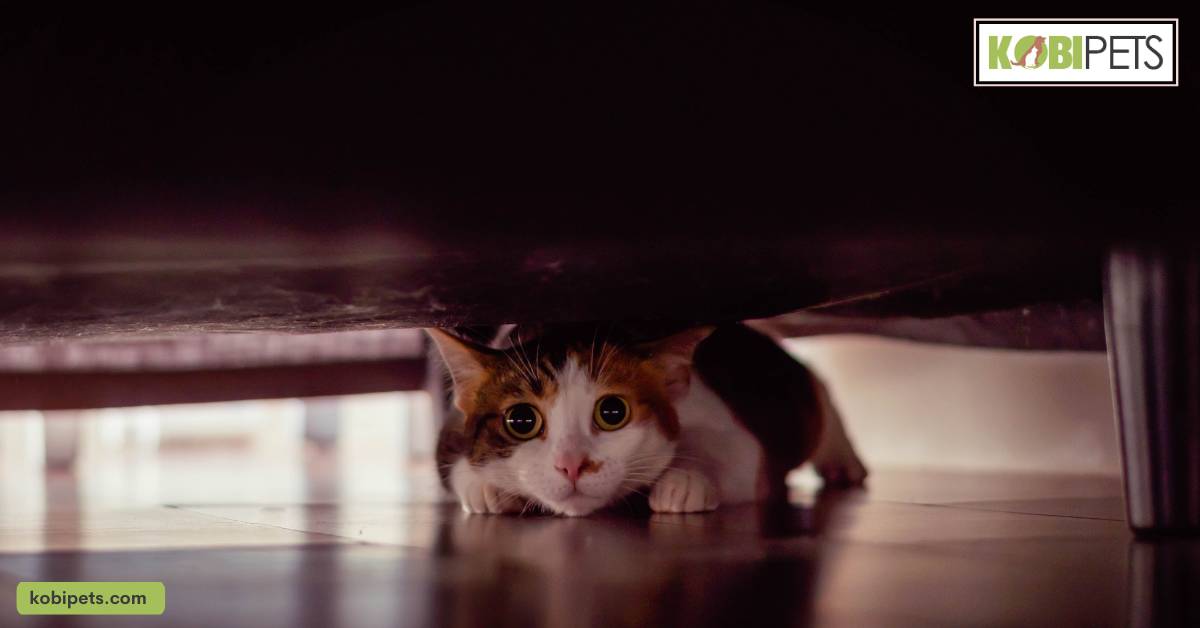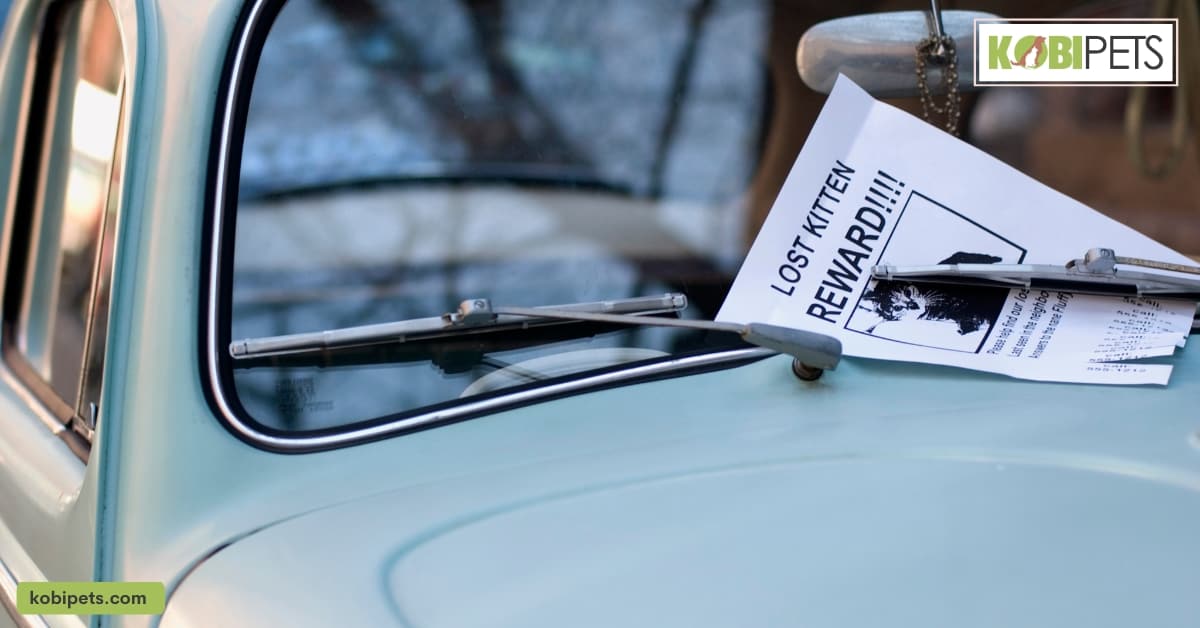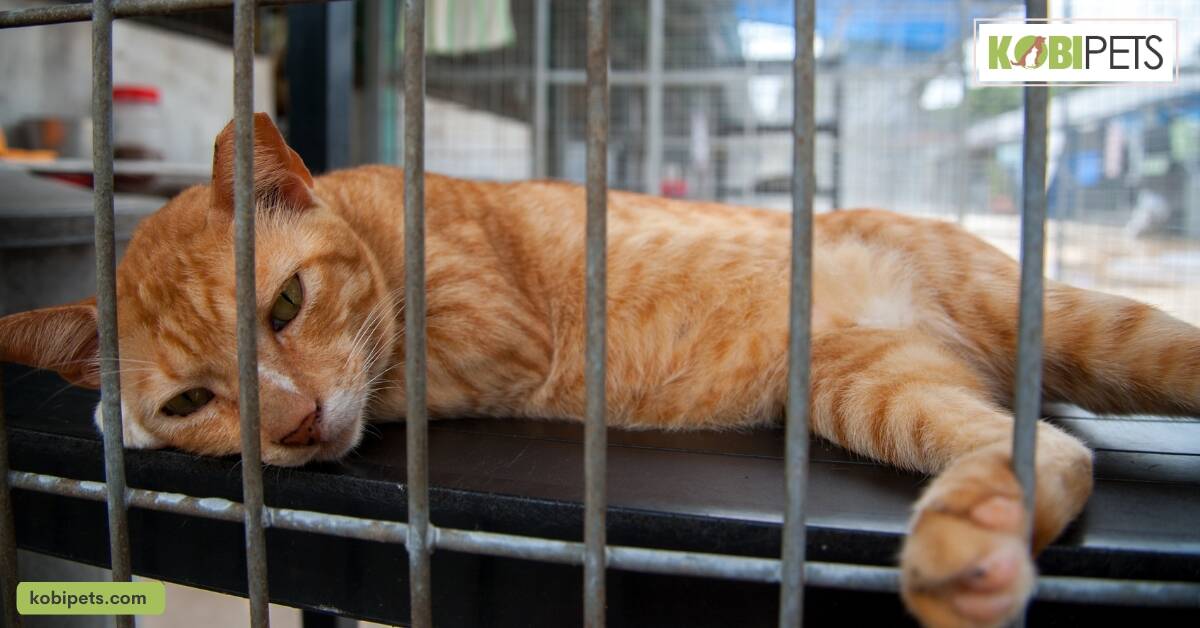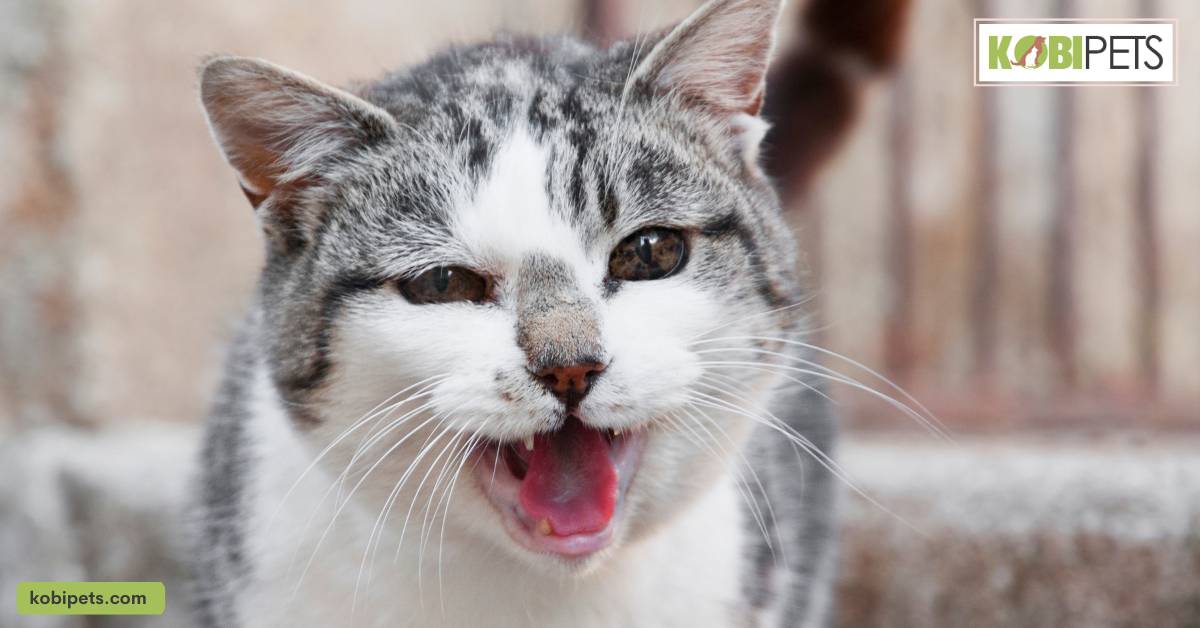
Lost cats can be incredibly difficult to find, but there are several steps you can take to increase your chances of getting them back. From posting flyers and checking local shelters to utilizing social media and putting out a litter box outside, you may be able to reunite with your furry friend soon.
It’s an all too common occurrence—a beloved pet goes missing and their family frantically tries to find them. If you’ve recently lost your cat, it can be heartbreaking, but don’t worry. There are a few steps you can take to increase the chances of finding your furry friend.
In this blog post, we’ll look at 12 tips for how to find a lost cat. From posting flyers to checking surveillance cameras, these strategies can be invaluable in reuniting you with your pet.
Check Inside the House
When looking for a beloved cat gone missing, your first instinct may be to search the outdoors. But if you haven’t had any luck there, be sure to investigate indoors with just as much vigor and perseverance. Start by examining buildings within your own home: the garage, basement, and attic.
As cats are curious creatures and often explore hidden spaces, these areas can be destination points on their adventures. Additionally, while searching these places look out for cat-sized entryways and cat bodies wedged in tight spots – they might’ve found the right area to curl up to nap in that’s hard to spot.

Ask Family, Friends, and Neighbors
One of the best ways to find your lost cat is to ask around your neighborhood and interpersonal networks. Talk to family, friends, and neighbors; they might have seen your cat or can provide tips on where to look. Many cats hide when they escape their homes and end up in unexpected places!
Check behind sheds, cars, vents and underneath furniture; cat bodies are often small enough to fit into tight spaces. Additionally, local animal professionals may be willing to help you share images of your cat online or post an advertisement about finding him/her.

Post Flyers
One of the most useful tips for finding your cat is to distribute flyers. Include current, high-quality photographs of your cat so people can easily identify its body and coat type. Additionally, it’s wise to offer a reward, as this encourages people to contact you if they’ve seen or found your cat.
The secret is to make sure your flyer stands out by using an eye-catching design that stands out from others – doing so increases visibility and the chance of someone spotting your cat. Lastly, don’t forget to post flyers in all high-traffic spots that your cat might venture near – consider areas such as mailboxes, bank ATMs, street lights, and bus stops.

Place Food and Water Outside
If your beloved cat has gone missing, you may be desperate to find them. One way to increase the chances of reuniting with your feline is to place food and water outside in areas where they may go.
Placing these items outside can give your cat something familiar that will help it get its bearings and make sure it gets the nourishment it needs to survive during its time away from home. Make sure that the food and water aren’t placed too close to each other, as an animal’s sense of smell is much more acute than ours.
To maximize the chances of finding your pet, put out multiple bowls of food in spots that are both near your house and further away in areas such as parks and woodlands. Additionally, leaving out a shirt or blanket with your scent on it can provide comforting reassurance for a lost cat looking for its way home.

Check Local Shelters
Losing a pet can be an emotionally overwhelming experience, and many people attempt to track down their family members as soon as possible. One of the most effective ways to find a lost cat is by checking with your local animal shelters.
Shelters remain dedicated to reuniting lost pets with their owners and are likely to have information about missing cats. Additionally, most animal shelters will take in strays, so checking if any cats have recently been taken off the street may also lead you to your pet.
In some cases, the animal shelter will even help cover costs associated with locating a lost pet such as running ads or putting up fliers in the area. This can be an incredibly helpful resource when trying to locate a missing cat.

Utilize Social Media
When it comes to finding a lost cat, social media can be an invaluable asset. Utilizing channels such as Twitter and Instagram to bypass a traditional search is beneficial because of the broad reach these platforms provide.
For example, if your cat has gone missing, simply make a post about it and explain where it was last seen – within minutes you can have hundreds of people connected who have eyes out for your pet.
Once you’ve made a post online about your missing cat, don’t forget to also list your contact information so that anyone in your community who locates them can get in touch with you easily.

Go Door-To-Door
Searching for a lost pet can be an incredibly difficult endeavor, so you want to utilize every method possible. Going door-to-door around your neighborhood is an excellent way to search for a lost cat because it lets you directly ask people if they have seen it while passing out fliers or photos of the cat.
It also allows you to try to get a lead on where the cat might have gone and in which direction it was heading. While this strategy can be time-consuming, if your lost cat frequents neighborhoods, then going door-to-door increases the chances of reuniting with the pet.
Additionally, talking with people along your route could draw attention and eventually result in someone spotting it. To make the most of this approach, making sure that everyone you come in contact with knows what your pet looks like as well as its name is crucial.

Put a Litter Box Outside
One clever way to locate a missing cat is to put a litter box and food outside for them. Cats are creatures of habit, so if your feline pal notices their familiar items nearby, they may be more likely to come home.
Just make sure that you provide the safe environment that cats need and ensure that the items don’t get contaminated by rain or other weather elements—like badgers or foxes! If your cat isn’t native to the area, contact your local animal control authorities and provide them with information about your pet just in case anyone has seen it.

Check Nearby Fields and Woods
When your beloved cat has gone missing, it can be a stressful and trying time. One way to look for your lost cat is to check nearby fields and woods. When looking in these areas, try to determine if the ground is soft enough that you can find paw prints or filled-in holes that may have been dug by your cat searching for food or water.
You should also look at the highest points of trees, rocks, and other structures in search of your cat’s hiding spot, as cats often climb to higher levels when they feel scared or threatened. As you are walking around, take notice if you hear strange noises since this could indicate that some creature is near.
Finally, make sure to bring along a bag of treats or even your feline’s favorite toy as this may attract and draw them out of an area without their normal fear associated with strangers.

Consider Hiring a Pet Detective
Losing a pet can be an overwhelming experience, as it can leave owners feeling helpless and out of options. One way to combat this stress is by considering hiring a pet detective. Pet detectives specialize in finding lost pets and use a combination of technology, people resources, and investigative techniques to accomplish this task.
They analyze animal behavior to maximize their search efforts, thus making them much more successful at finding missing animals than any individual would typically be on their own. Hiring a pet detective is certainly not the cheapest option, but if you are truly desperate to find your beloved lost cat, their skills could provide invaluable peace of mind.

Check Surveillance Cameras
When your beloved cat goes missing, the search can seem overwhelming. One overlooked tool in a pet search is the use of surveillance cameras. There are usually security cameras around commercial buildings, parks, and residential neighborhoods that may be able to provide useful information about your cat’s whereabouts.
Checking these cameras’ footage can help you generate clues as to where your pet might have wandered off to. With a little bit of detective work, it is possible to bring your furry friend back home safe and sound!

Let Your Cat’s Meow Guide You
When a beloved family cat goes missing, it can be a heartbreaking experience. Although cats are notoriously independent, they can still sometimes get lost. Thankfully, these furry family members often lead their owners right to where they are by providing helpful clues in the form of meowing.
Tuning into your cat’s unique “voice” and paying attention to the intensity and frequency of its meowing can provide useful information in locating them. Paying attention to the direction from which its meows come from is also a great way to find your lost feline—it may even provide hints about where it chose to settle for the night if it decided to go on an adventure.

In Conclusion
Losing a beloved pet can be an incredibly difficult and devastating experience. However, with the right steps in place and knowledge of your pet’s habits and behaviors, you have a chance of finding them again.
The tips outlined above should give you some guidance about how to find your lost cat from posting flyers and checking local shelters to utilizing social media and putting out a litter box outside. Additionally, never forget the helpful power of a pet detective or surveillance cameras.






